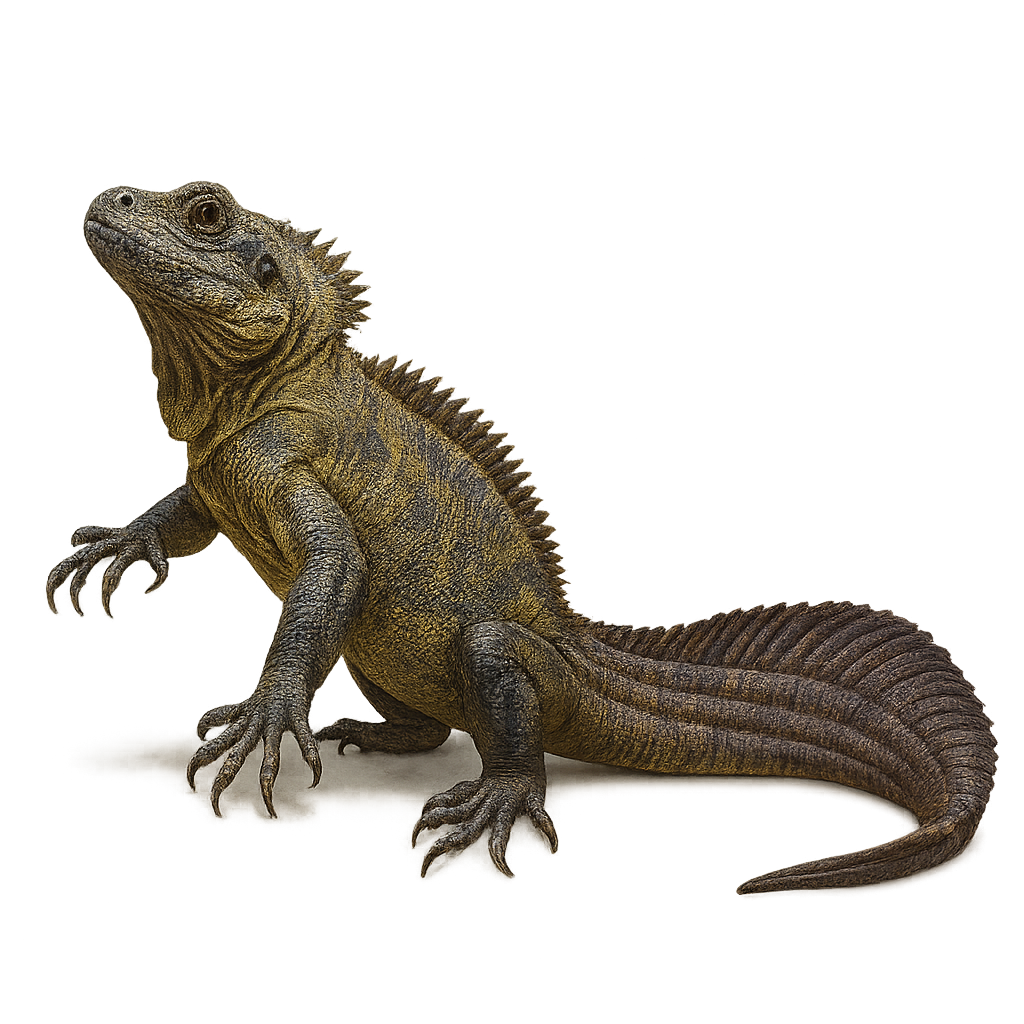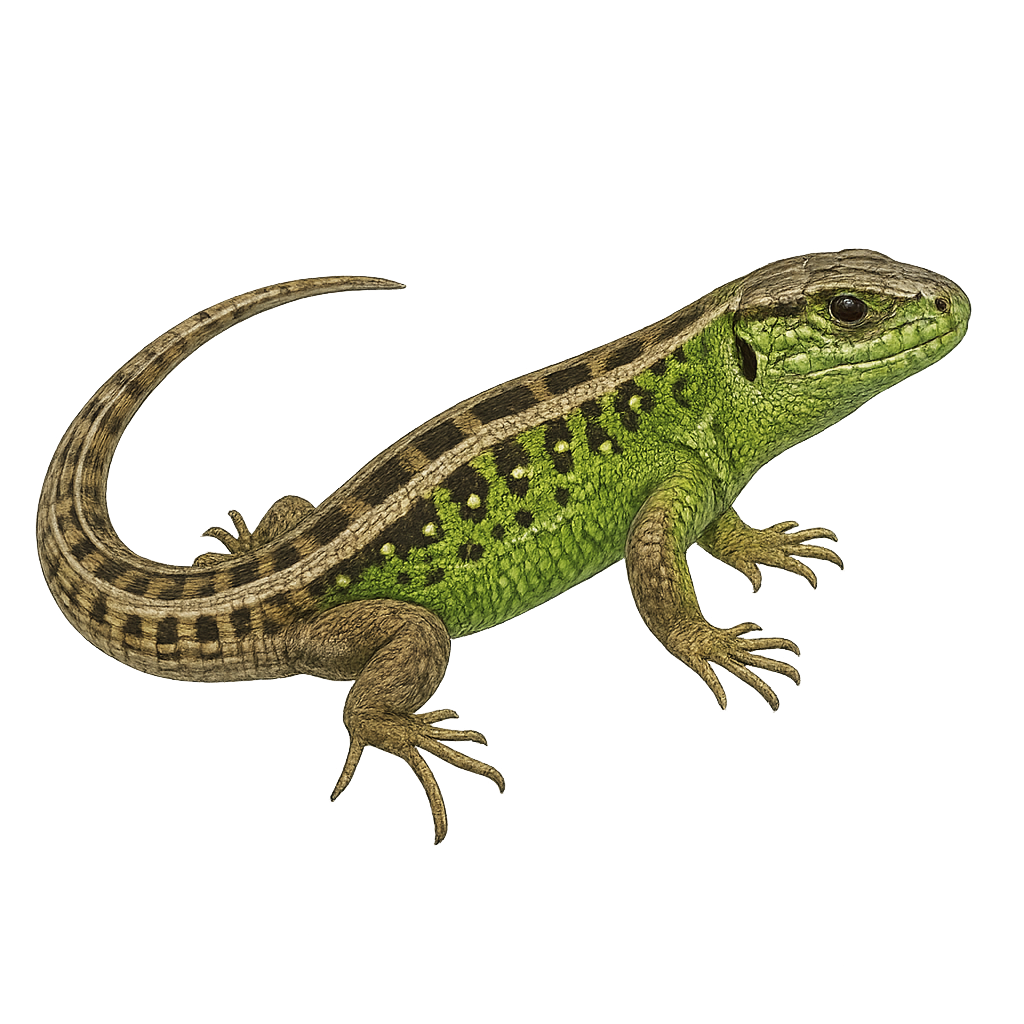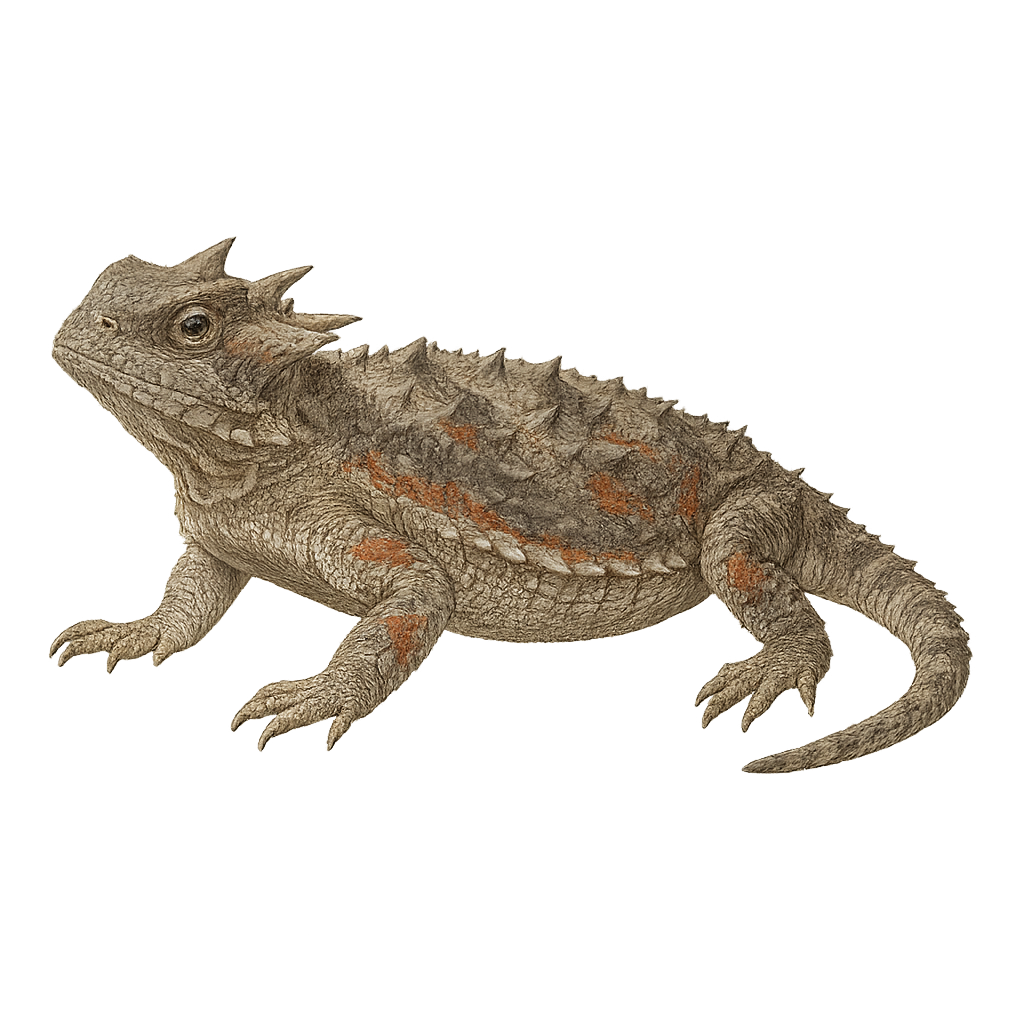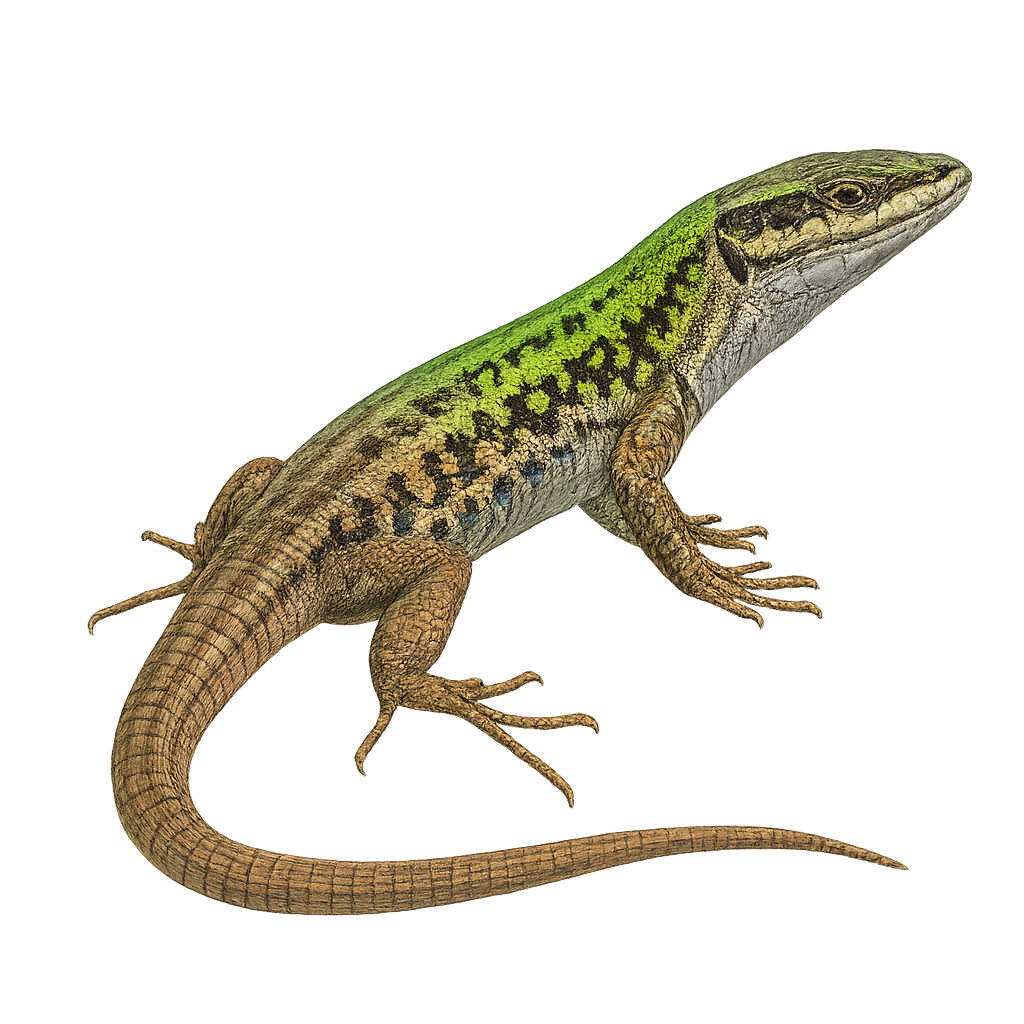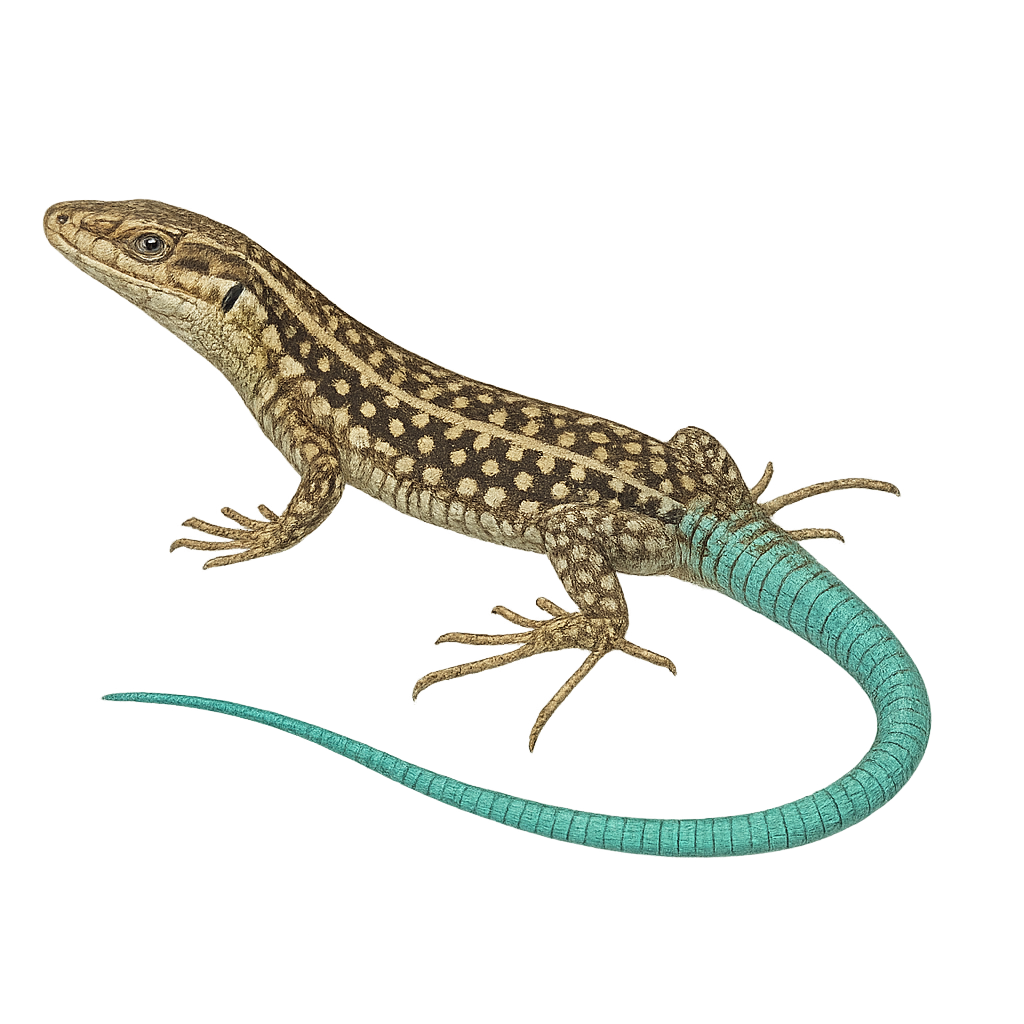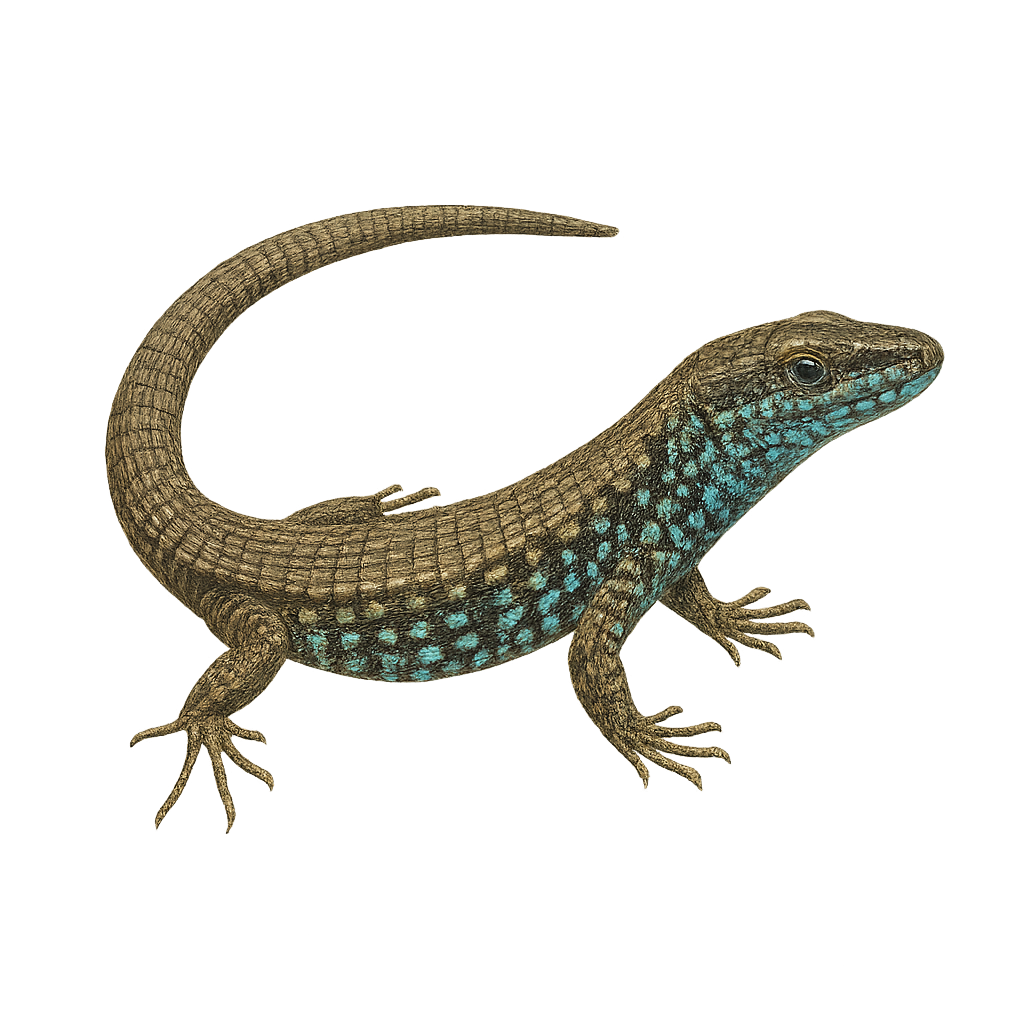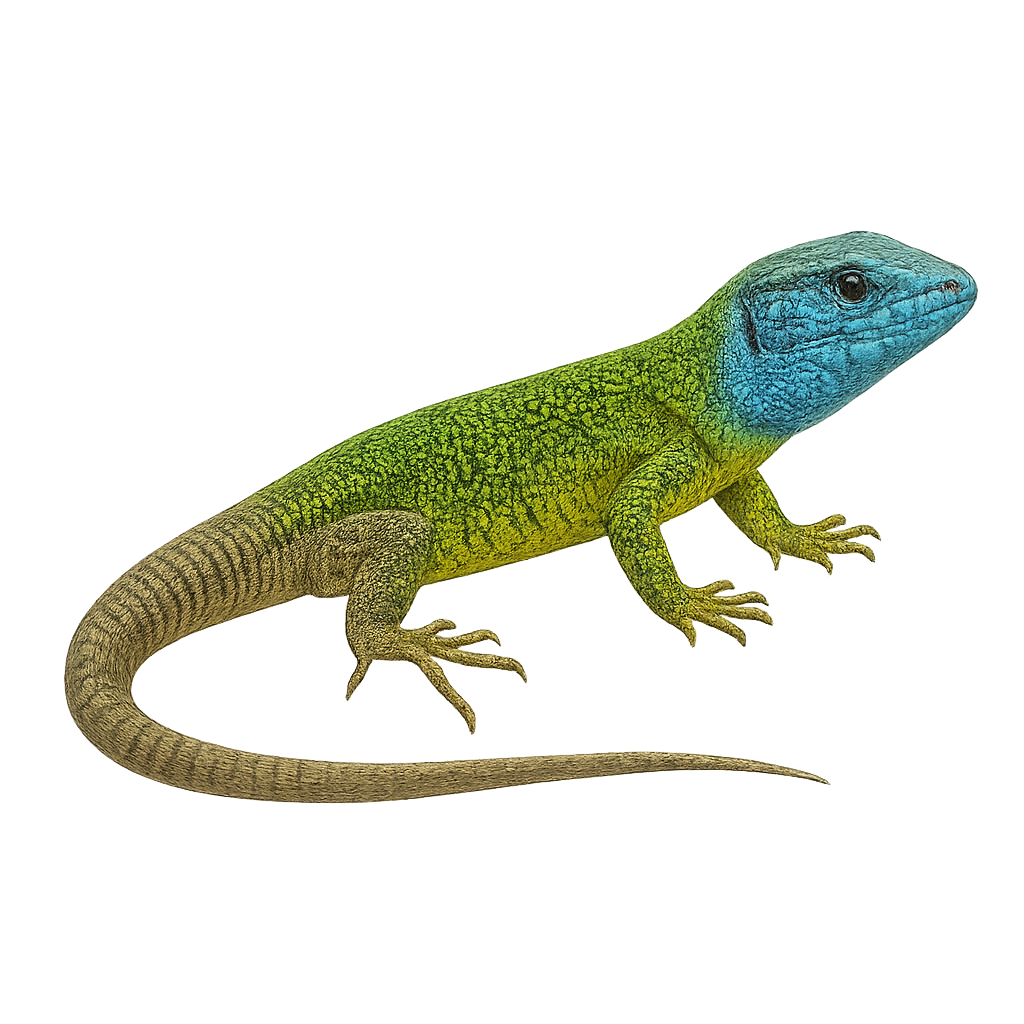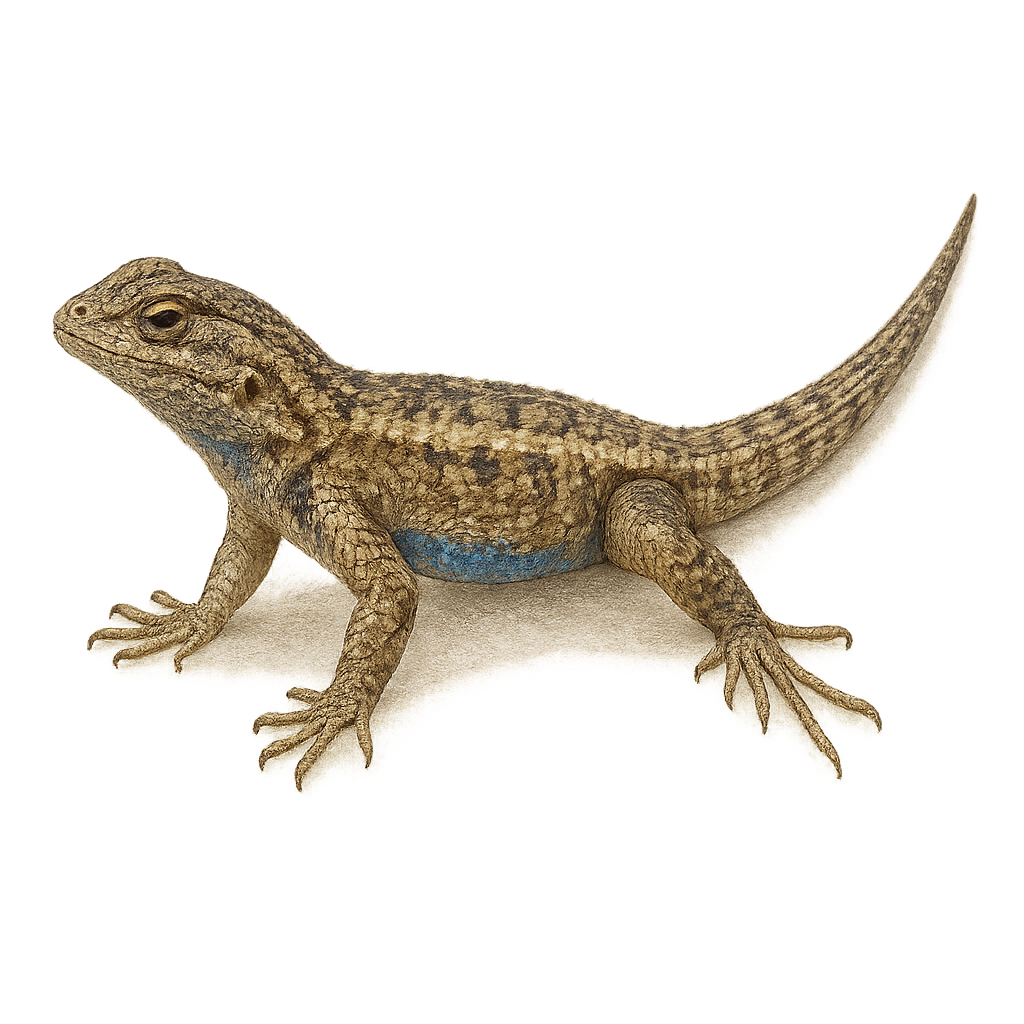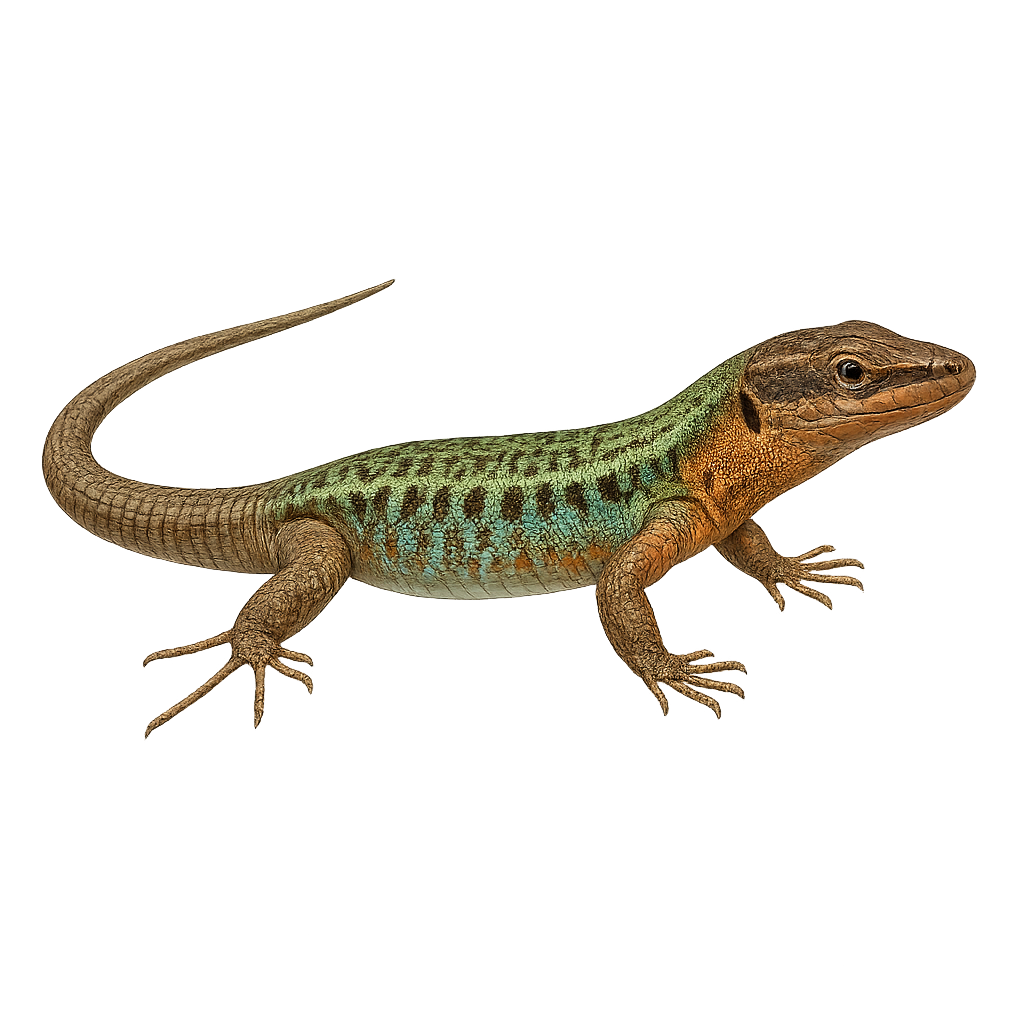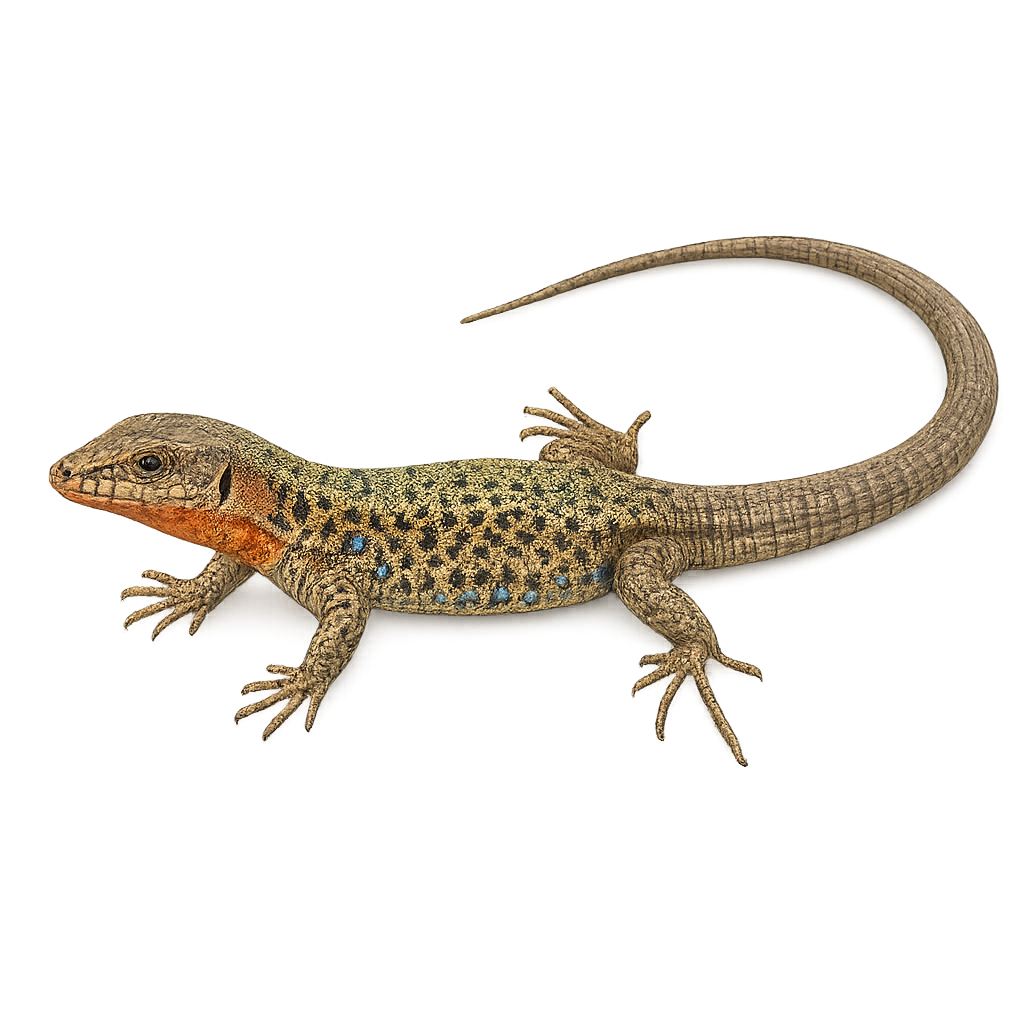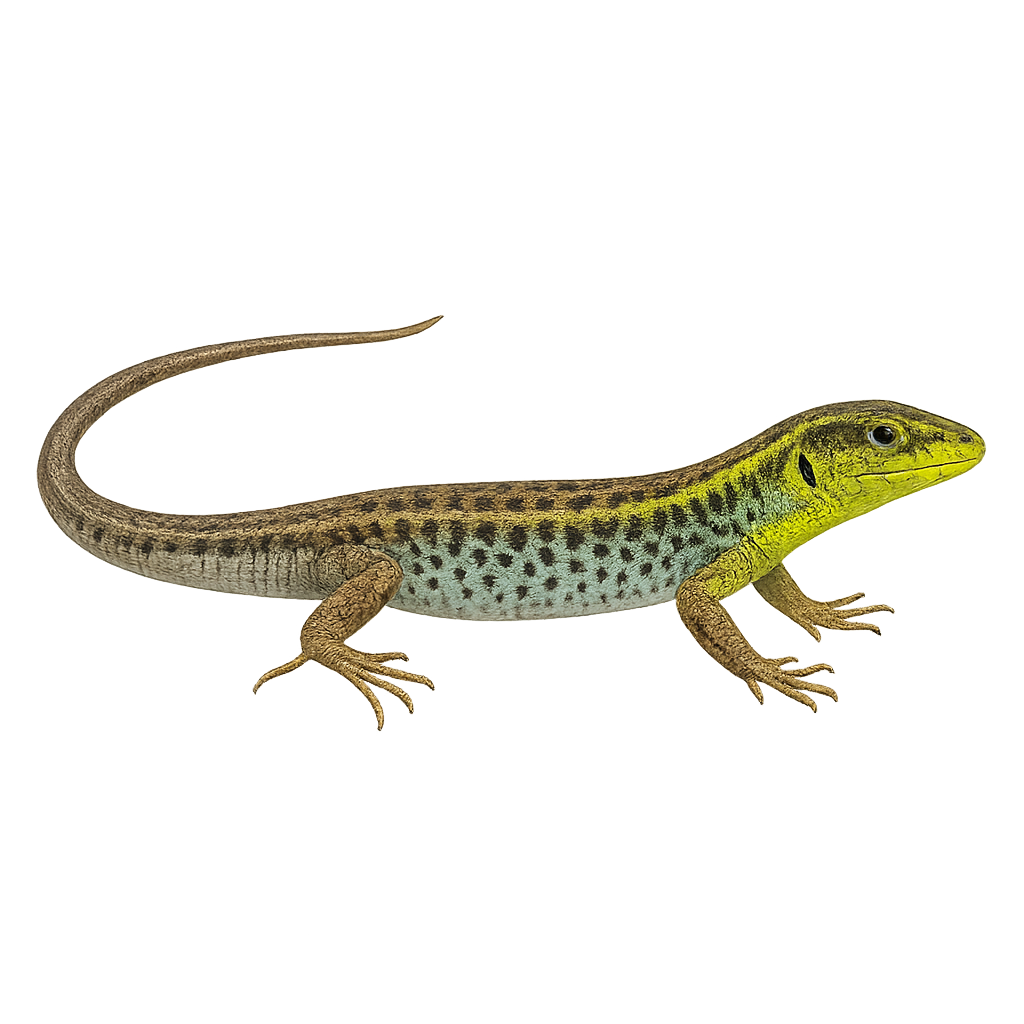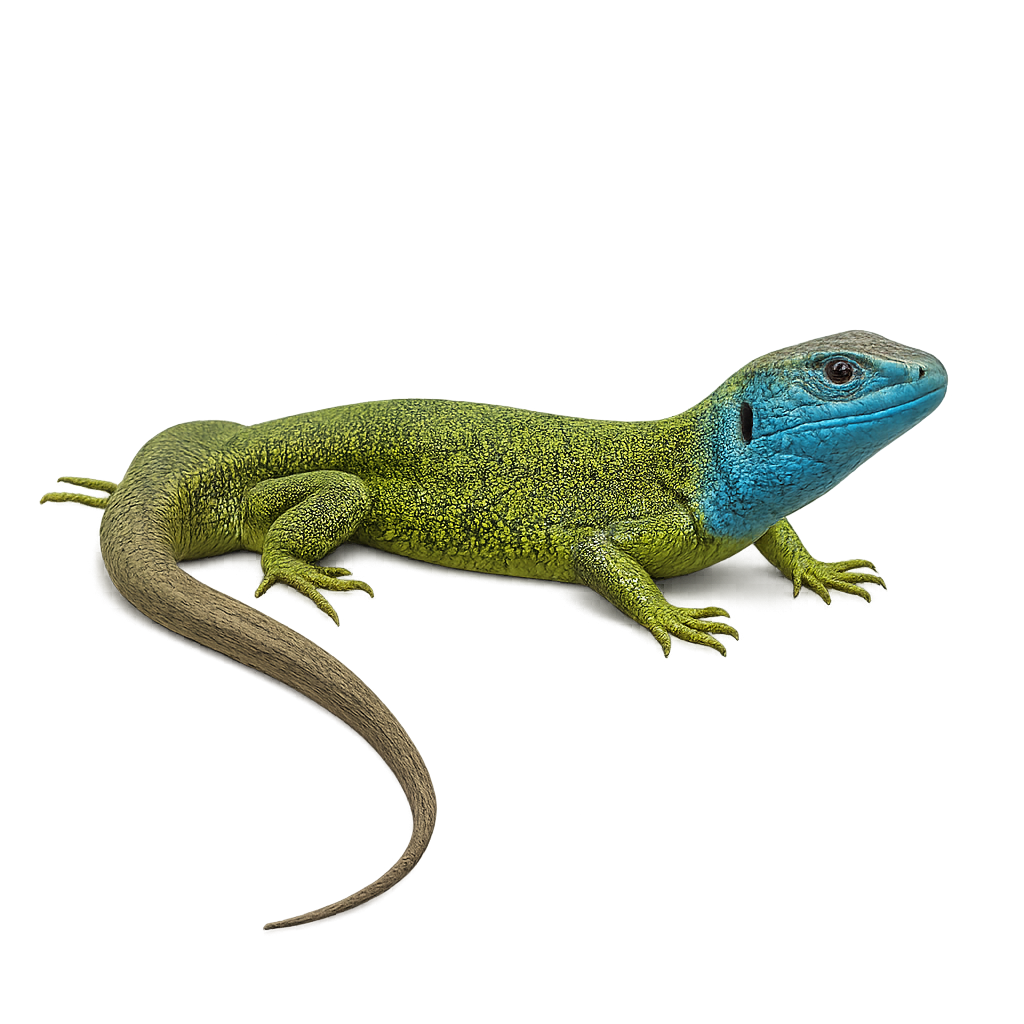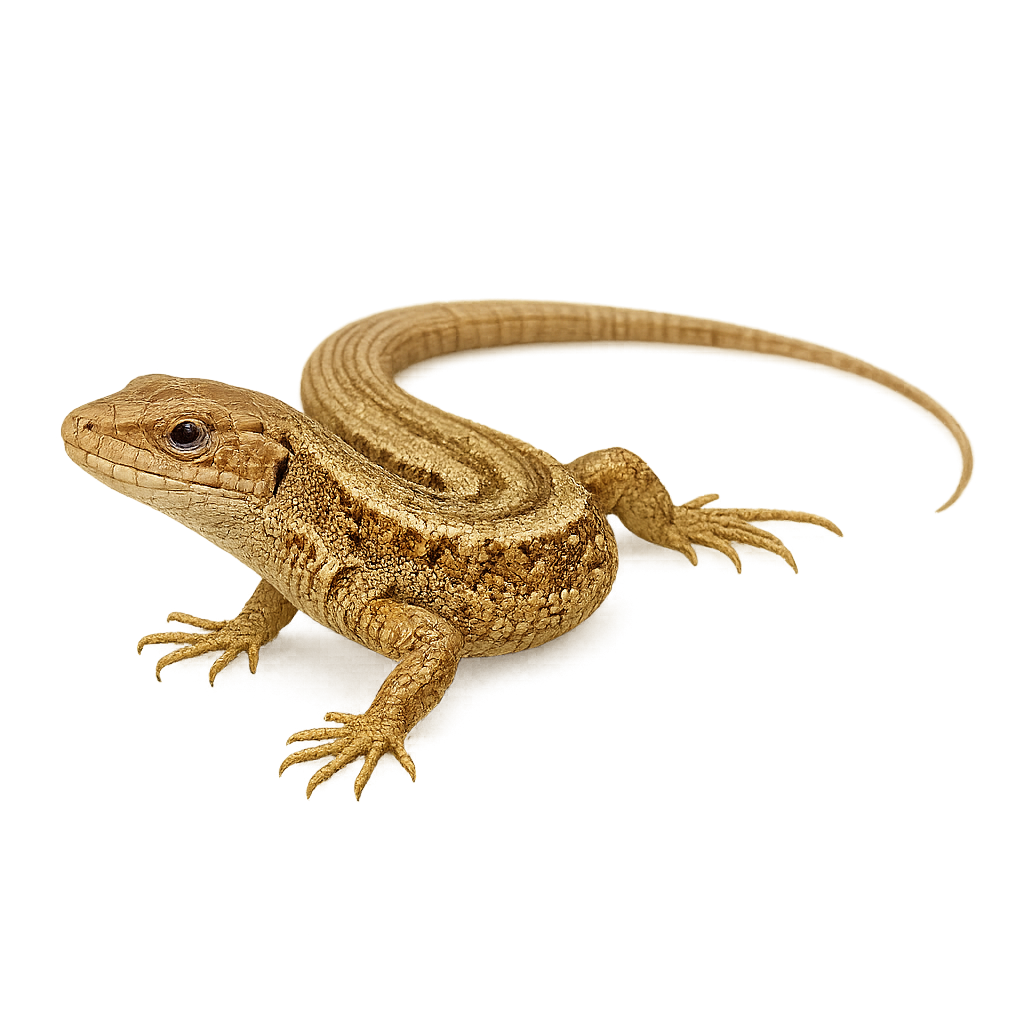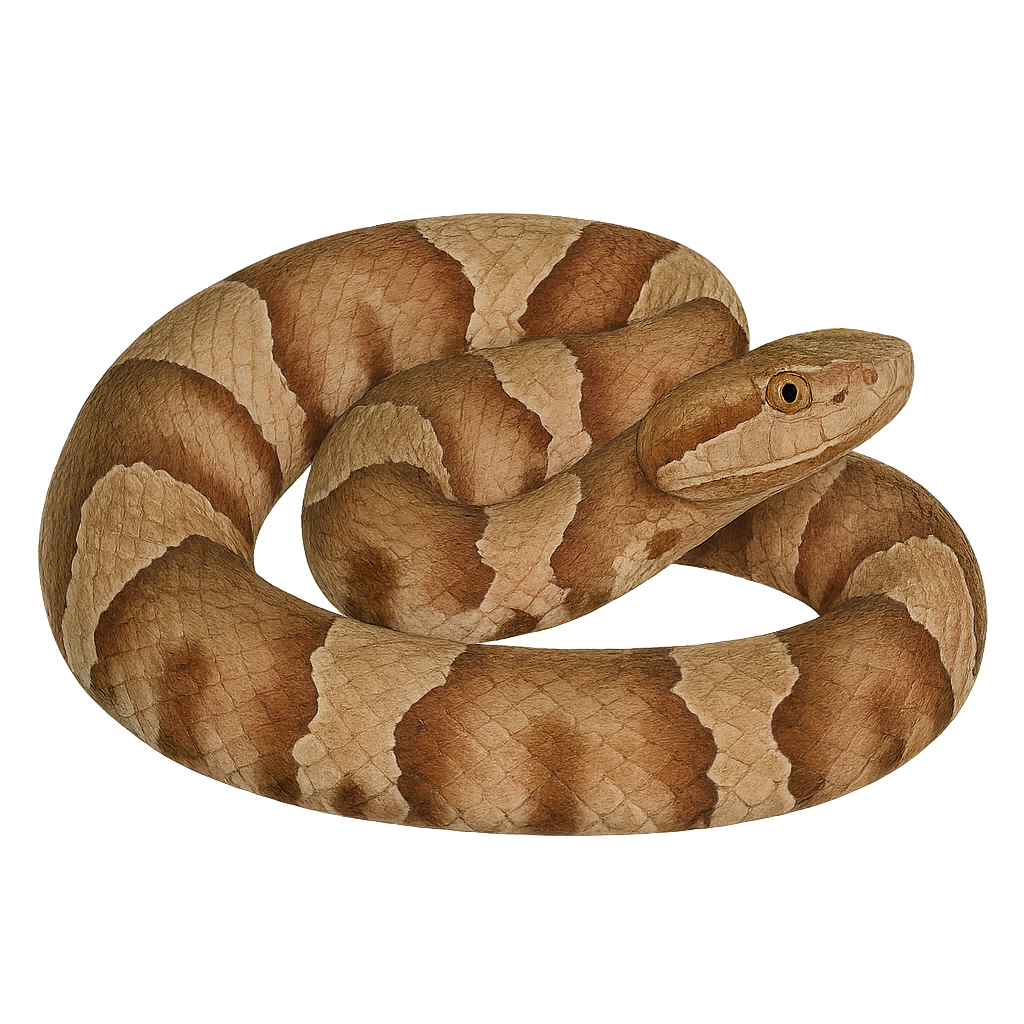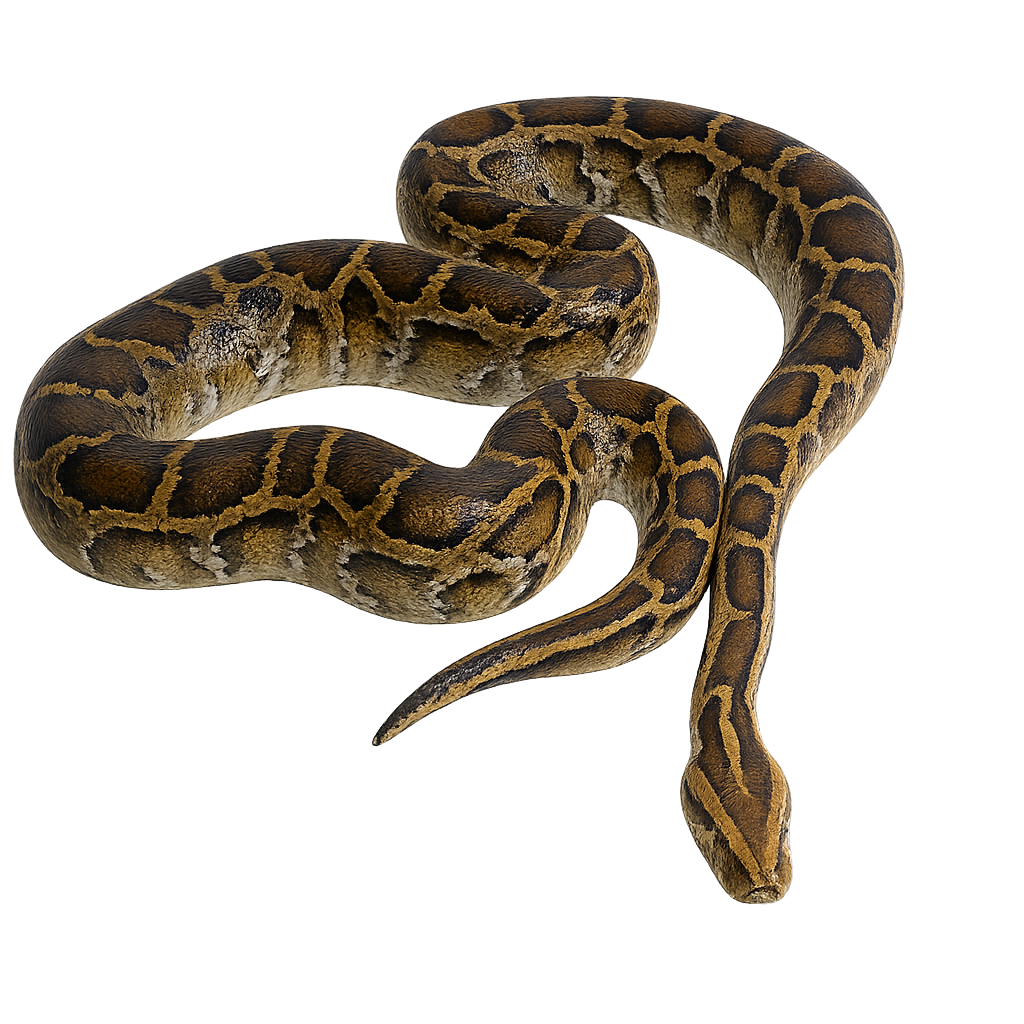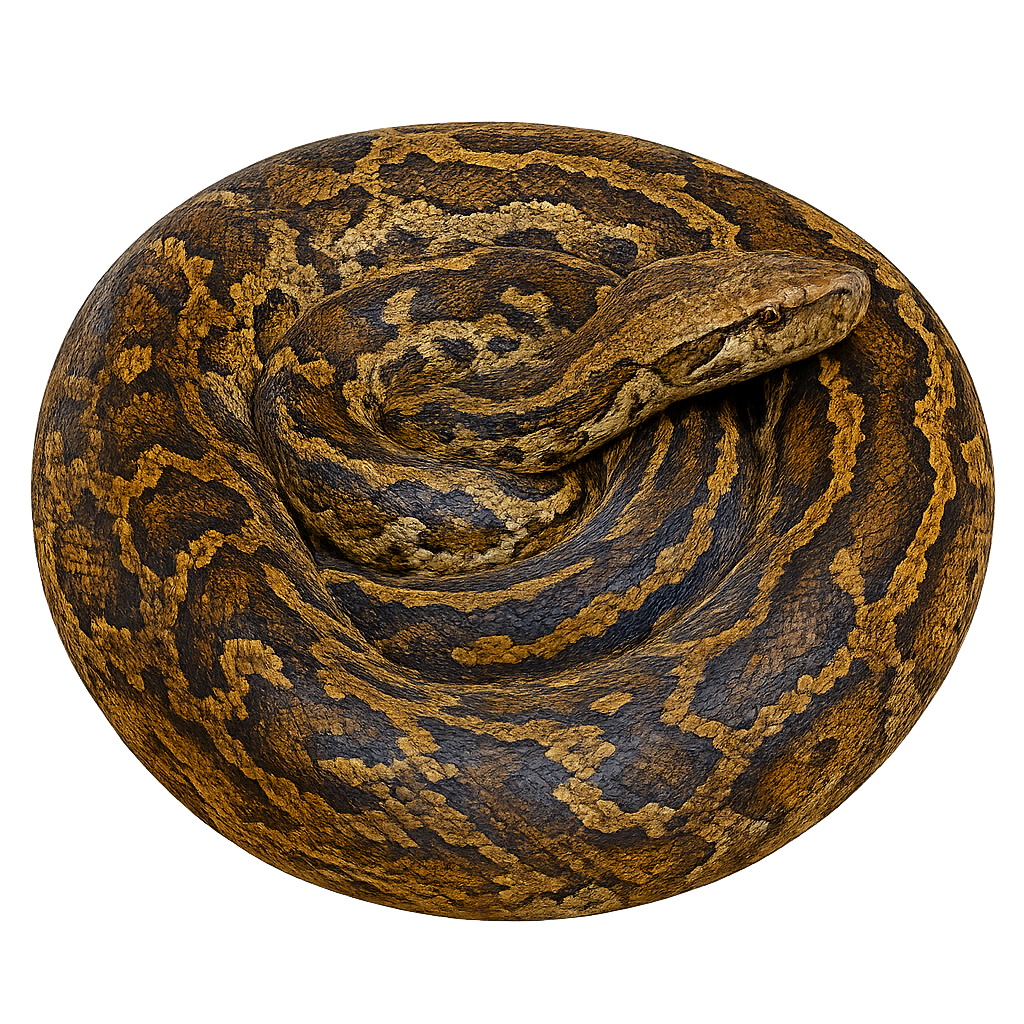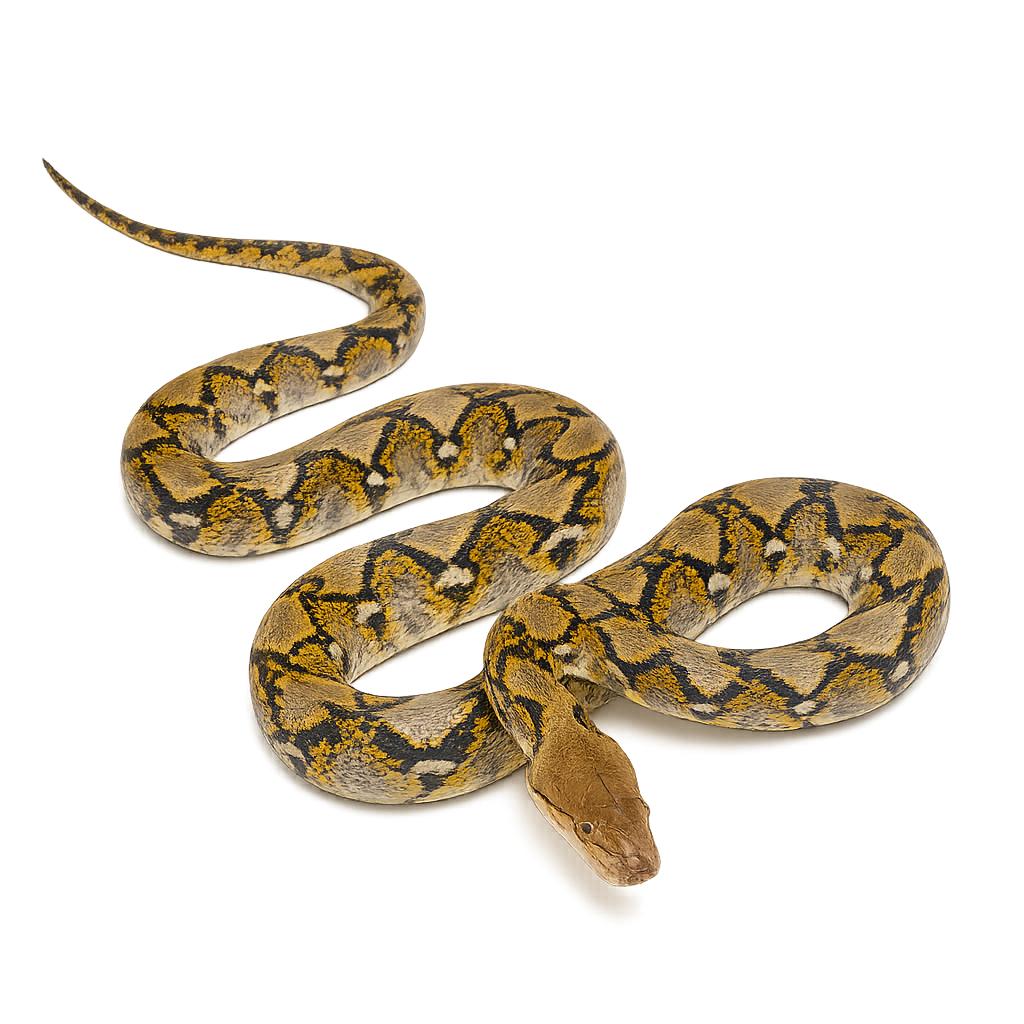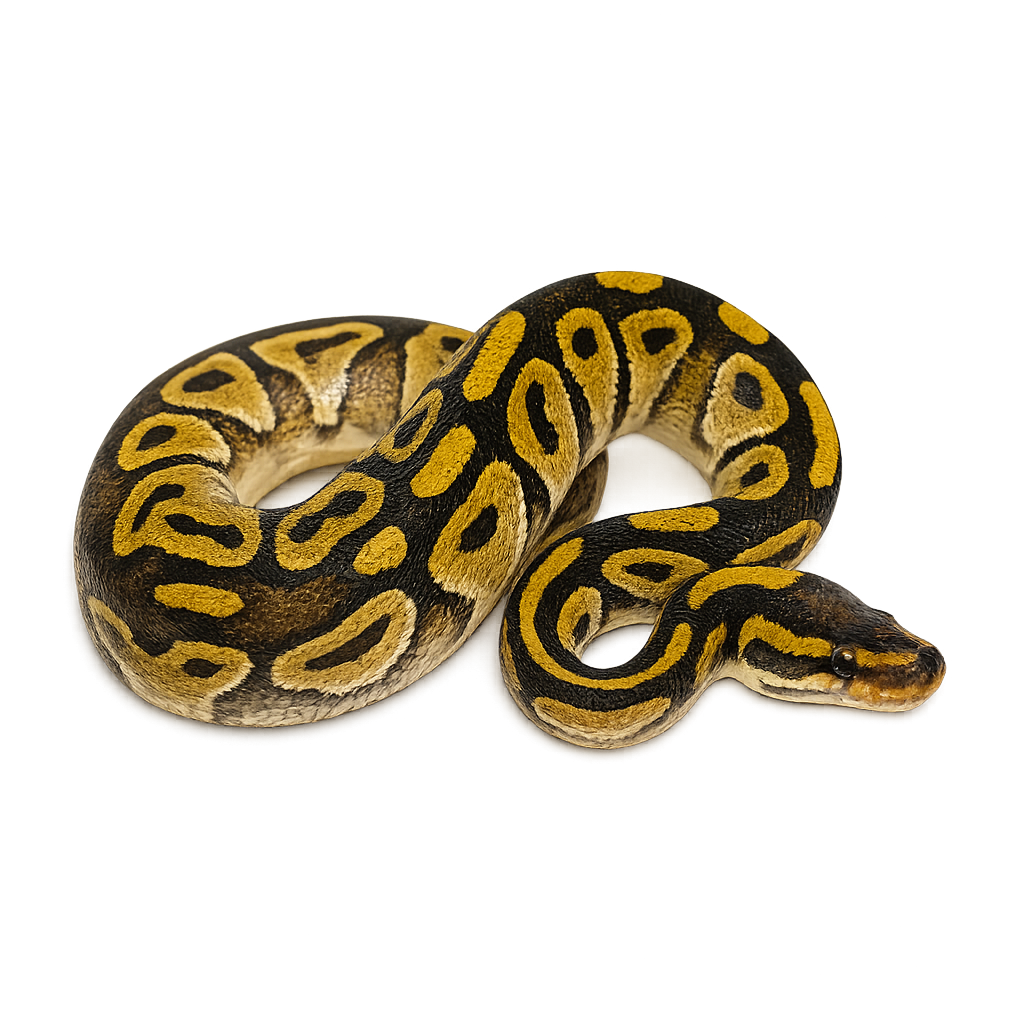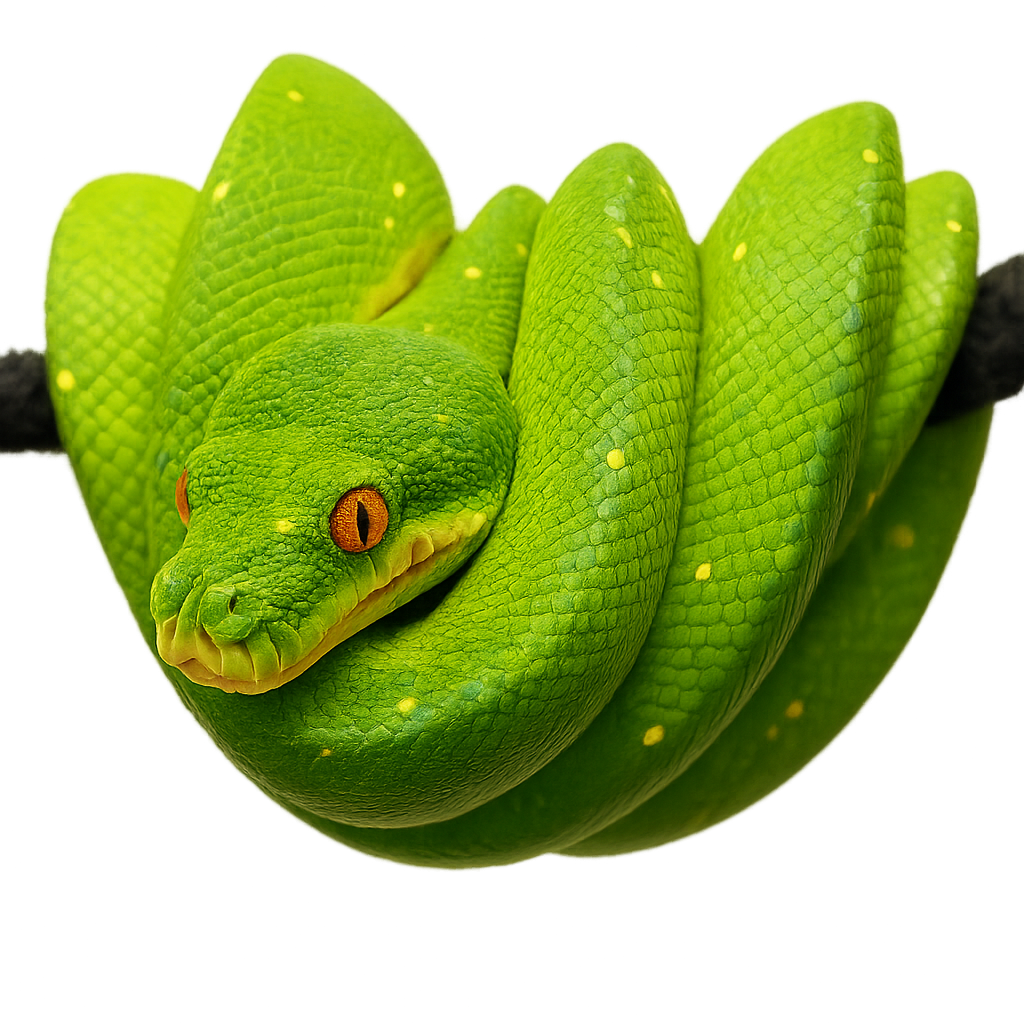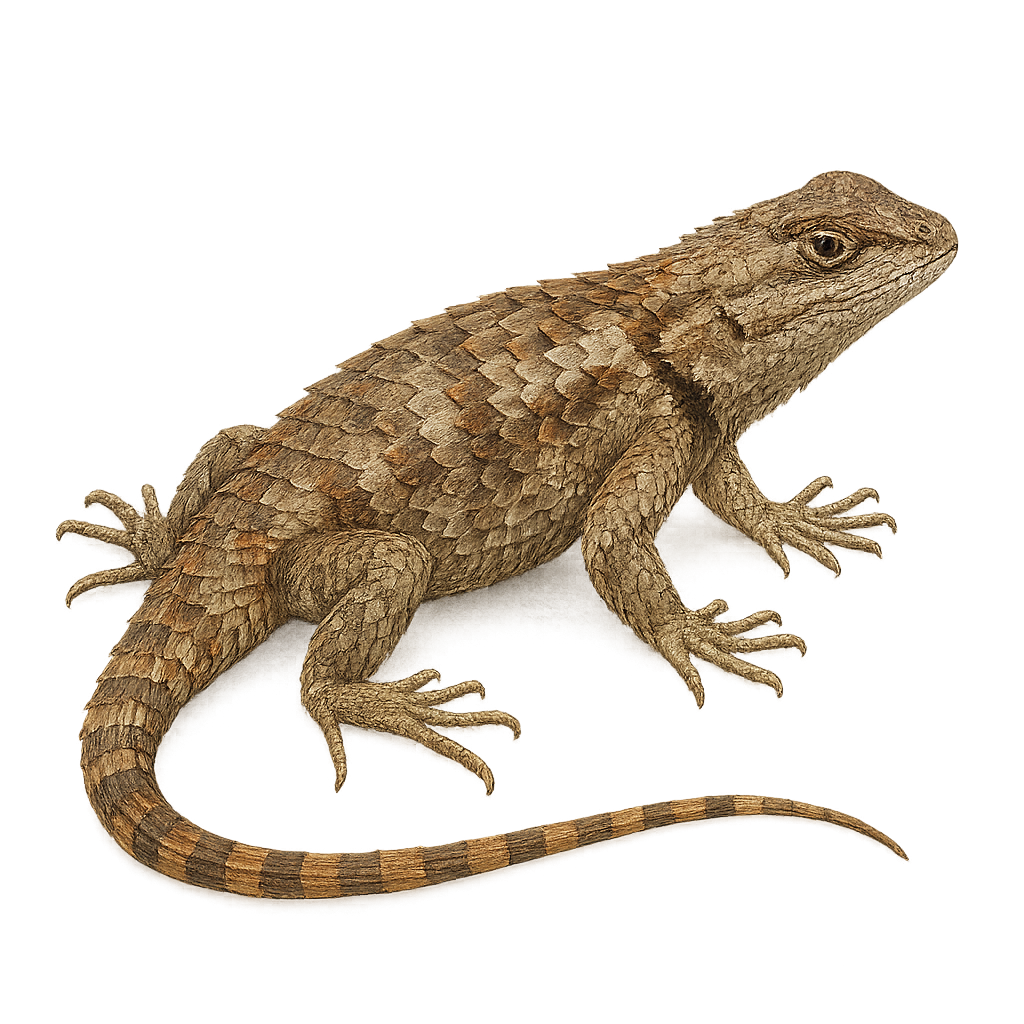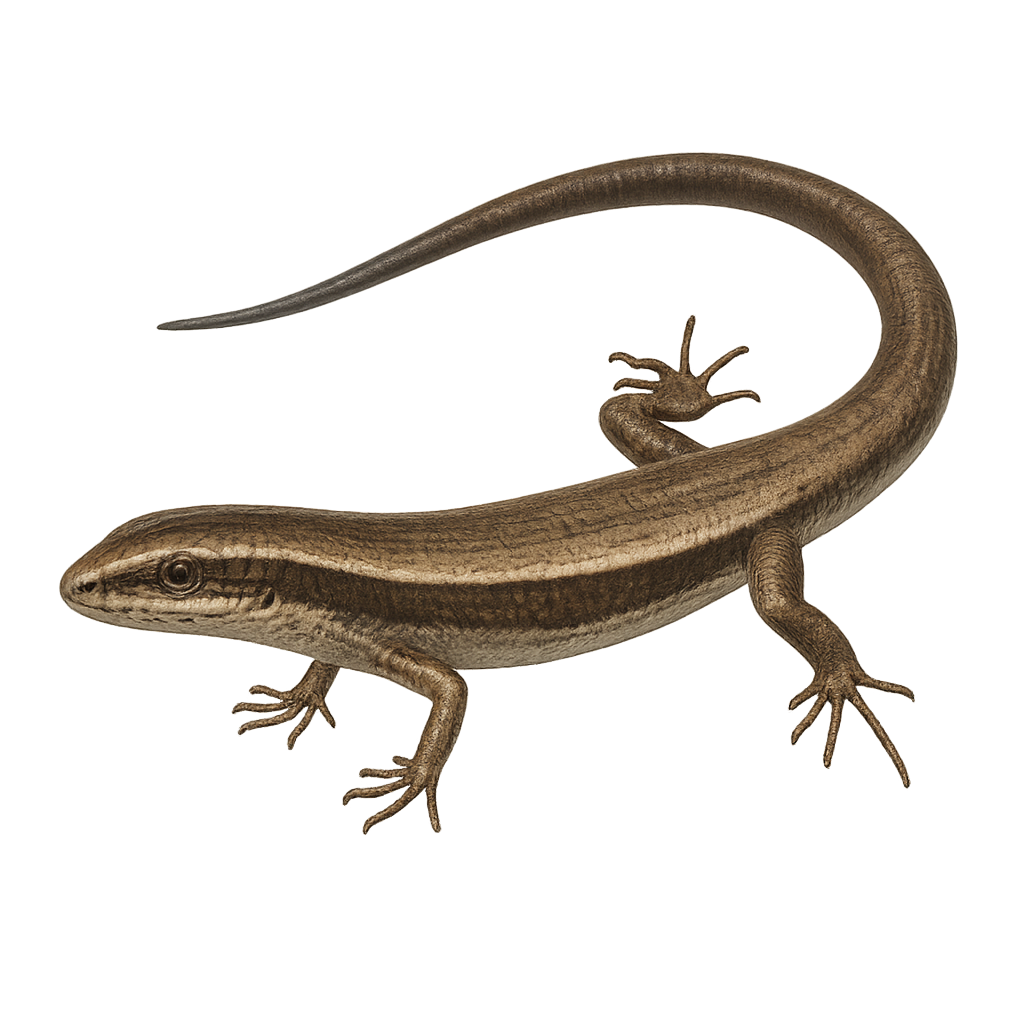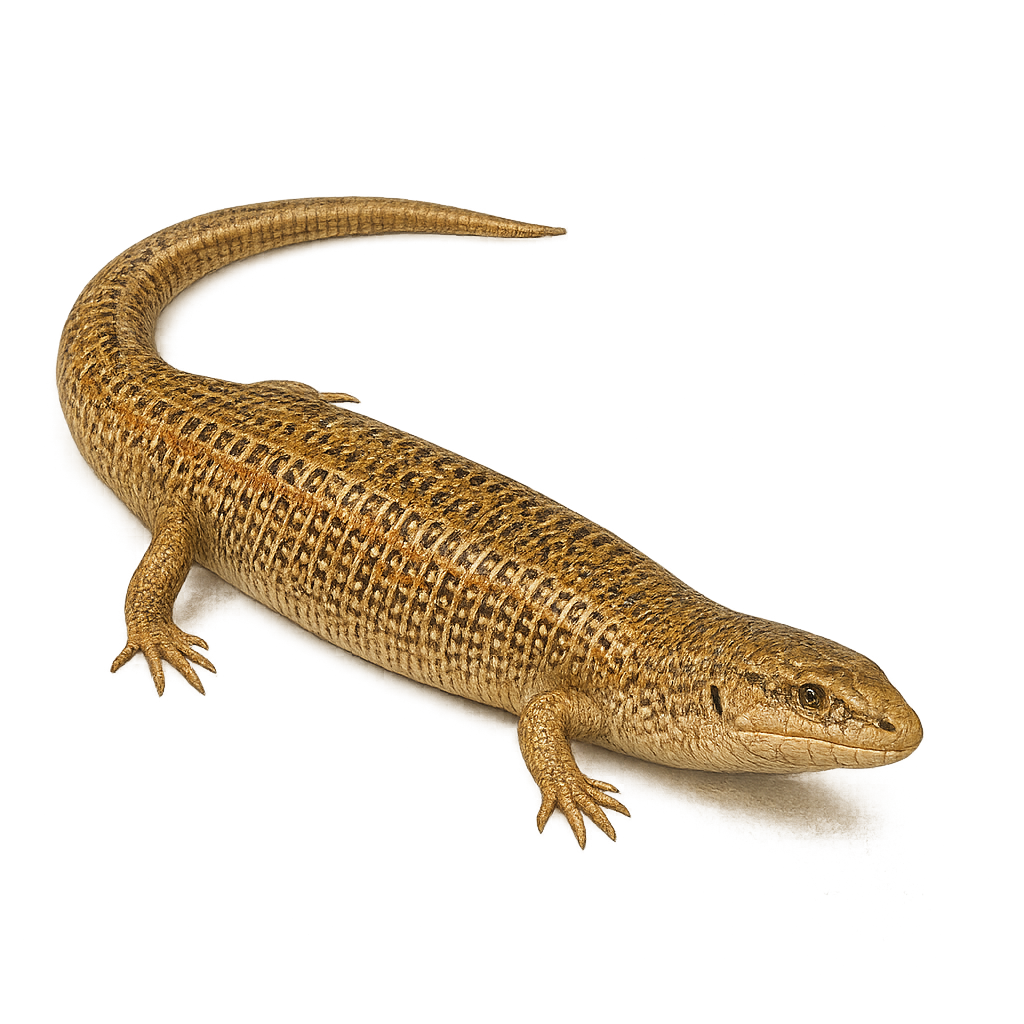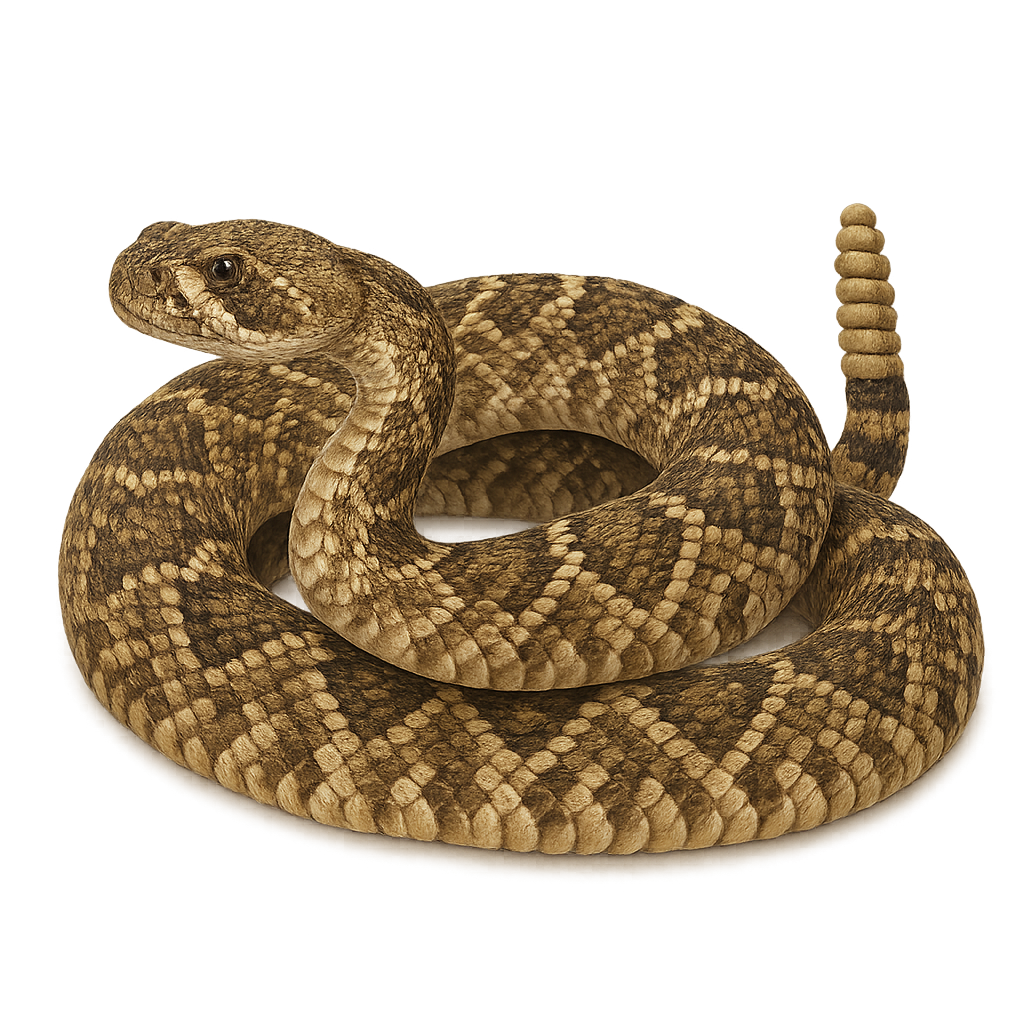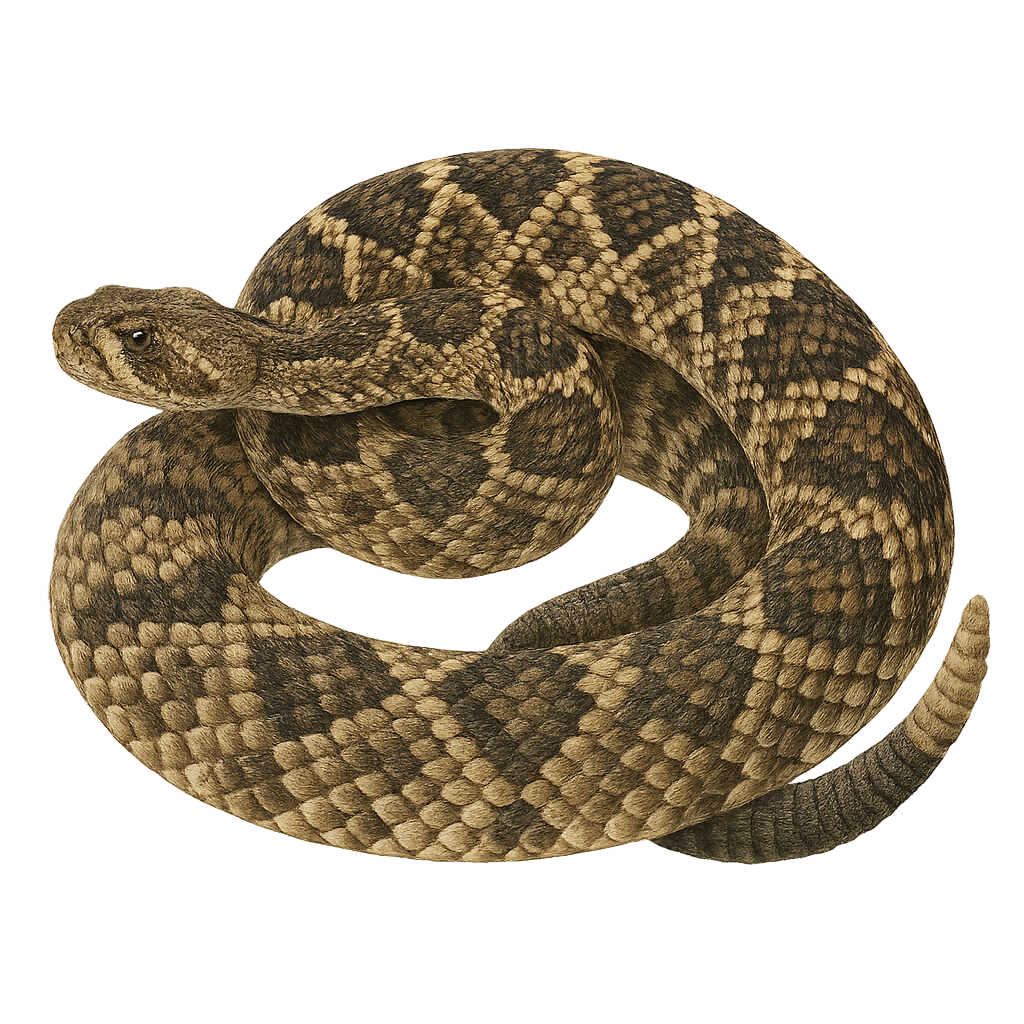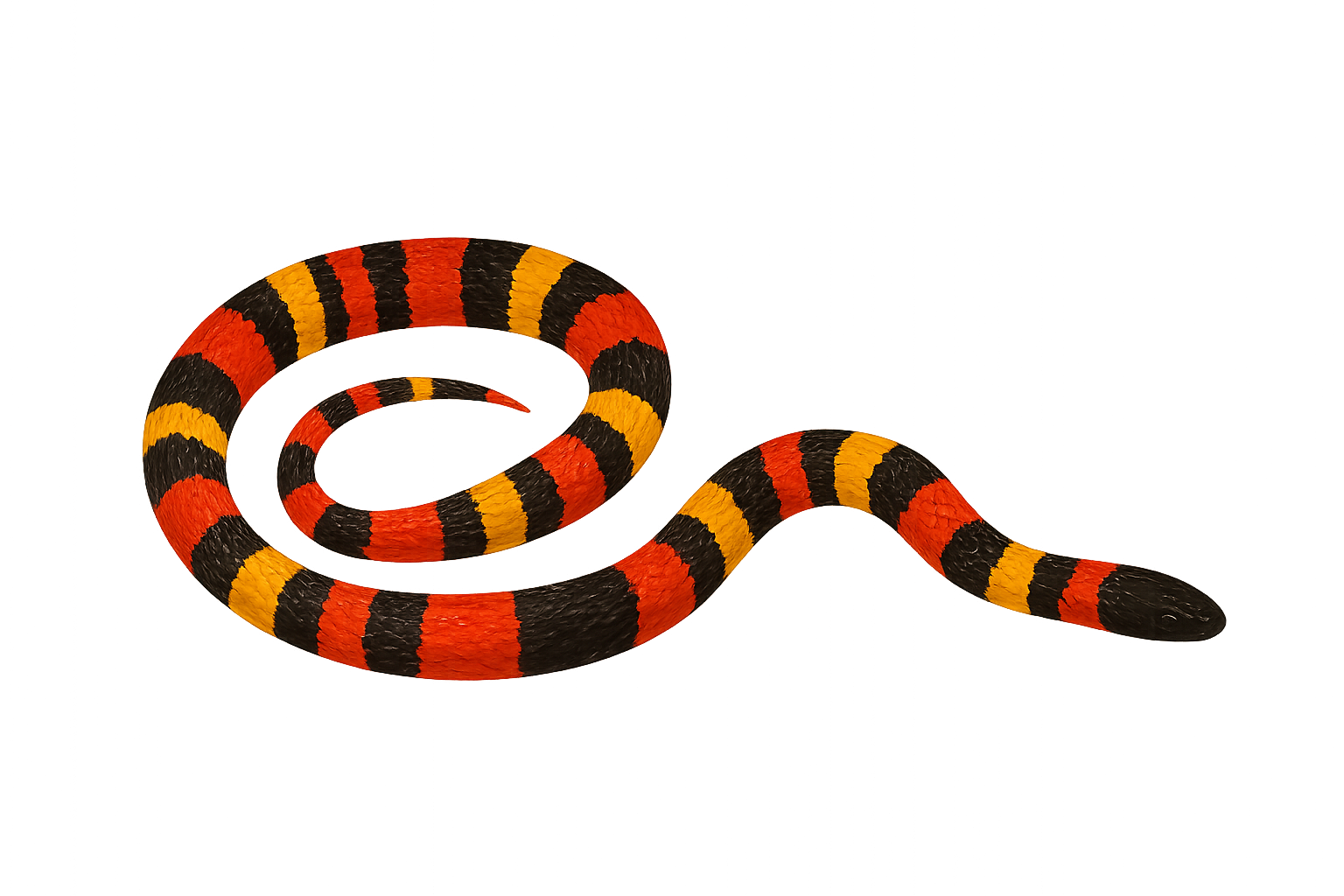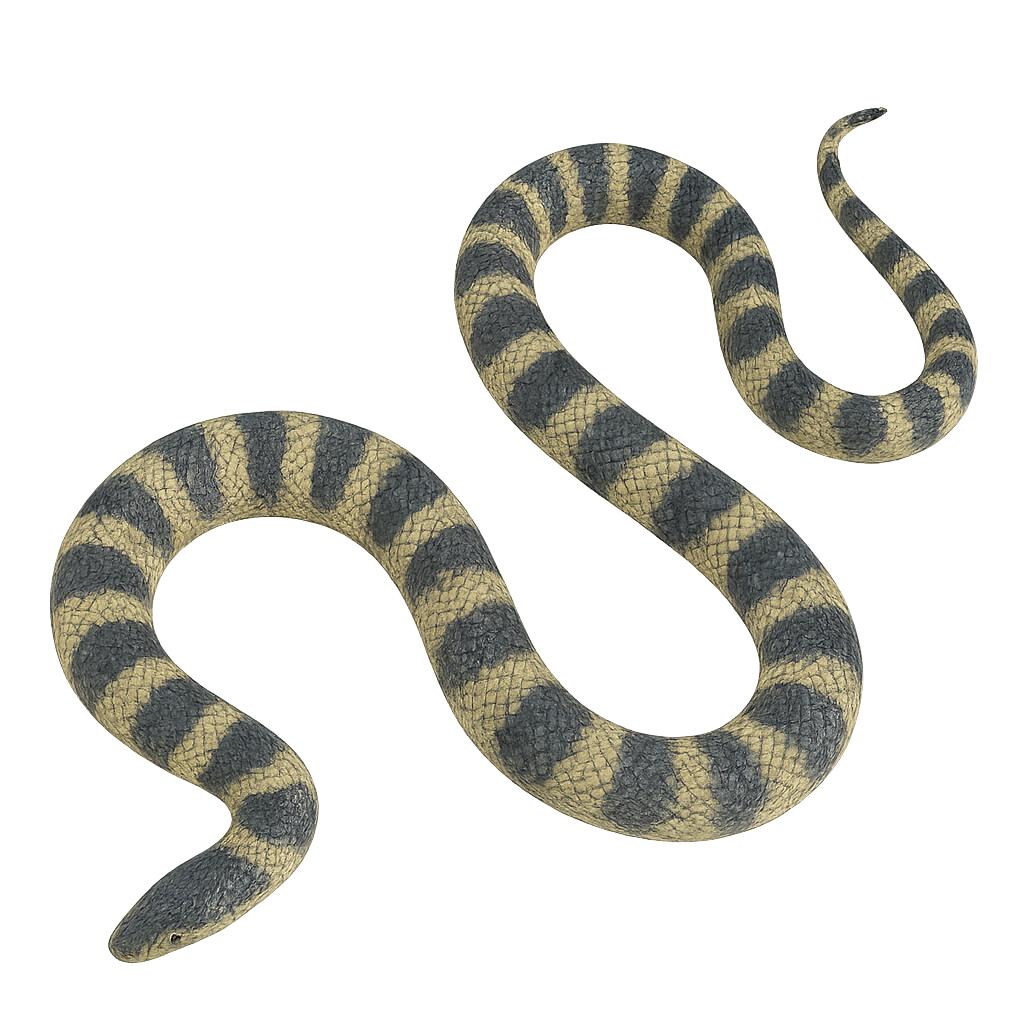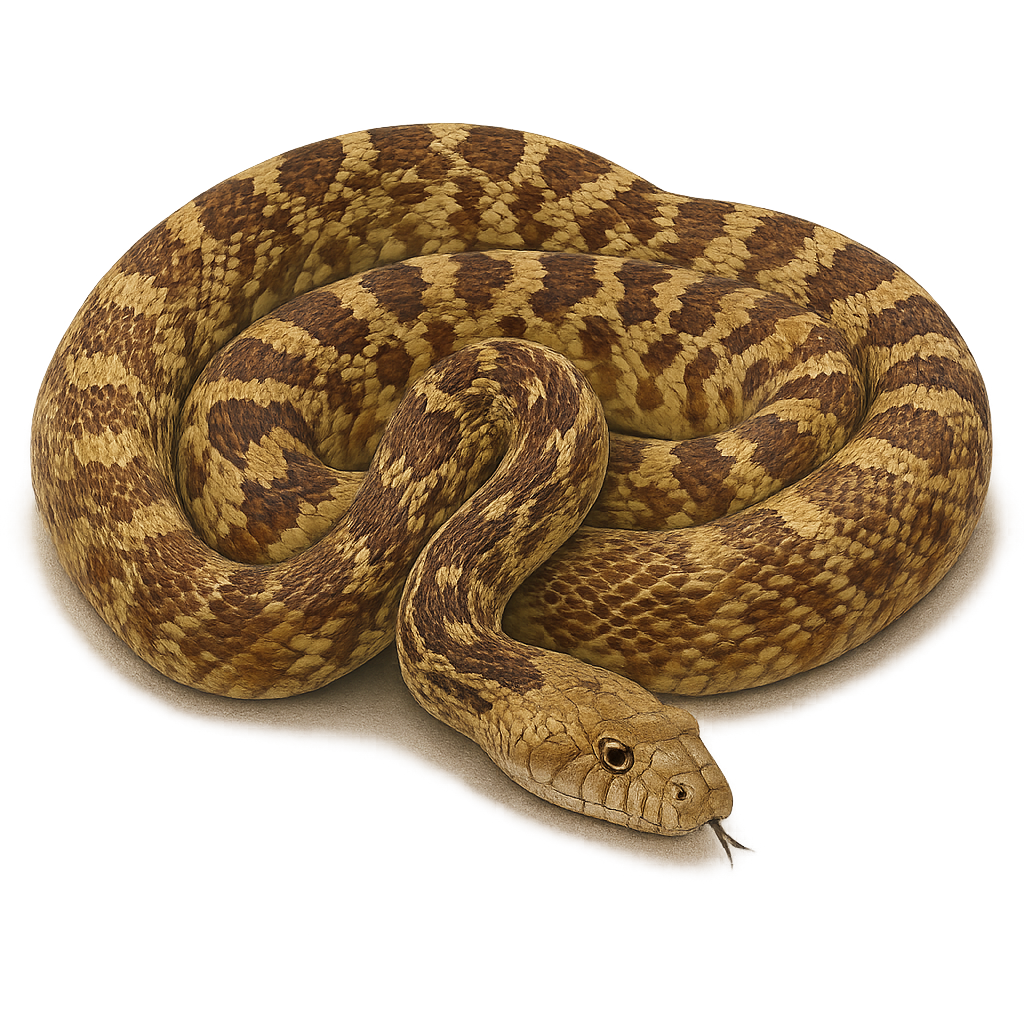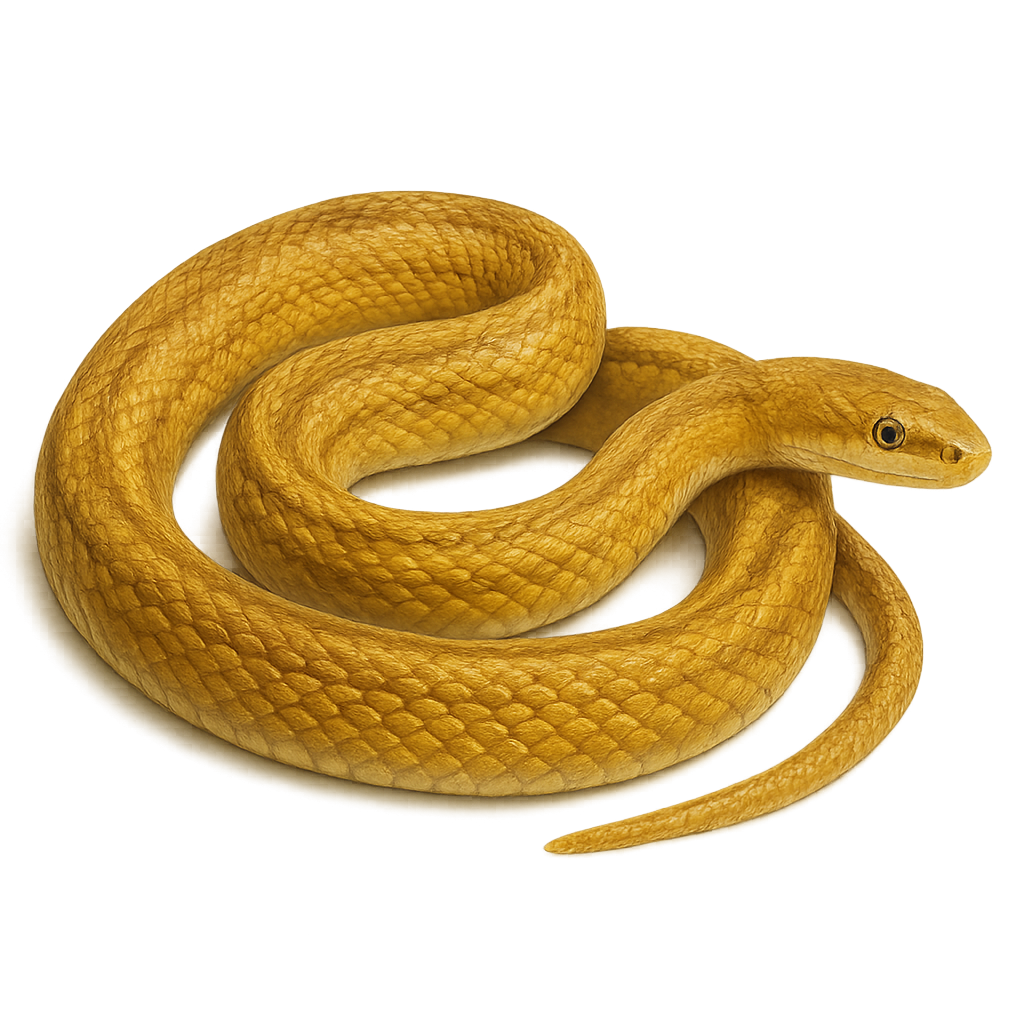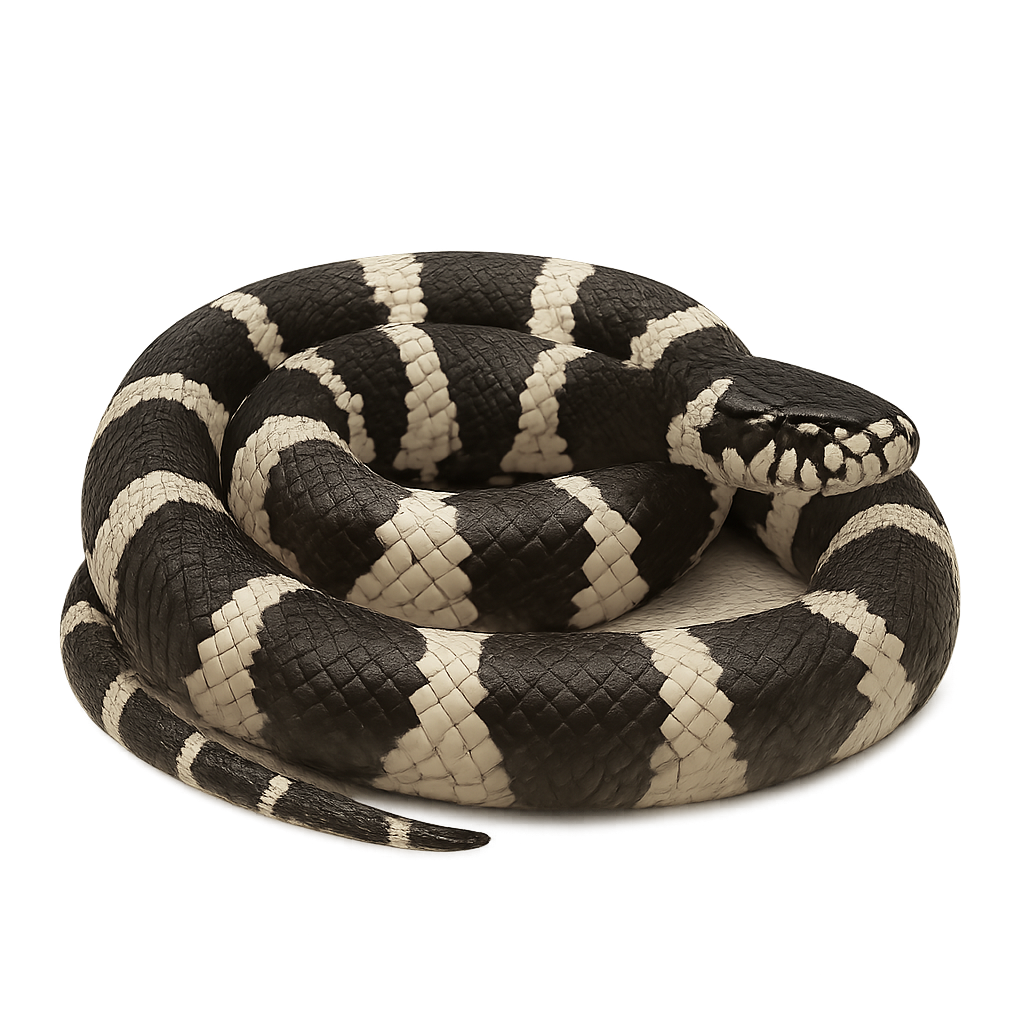The Hydrosaurus pustulatus, commonly known as the Philippine Sailfin Lizard, is a fascinating reptile endemic to the Philippine islands. This lizard is famous for its spectacular dorsal crest resembling a sail, used to impress rivals and attract mates. It primarily inhabits tropical rainforests and riparian zones, where it spends much time swimming. Measuring up to a meter in length, it is mainly herbivorous, feeding on leaves, fruits, and flowers, though it may occasionally consume insects. This lizard is diurnal and spends most of its time basking in the sun to regulate its body temperature. Although relatively tolerant of human presence, it remains cautious and quickly flees when threatened.
The sand lizard, Lacerta agilis, is a medium-sized reptile, typically measuring between 15 and 25 cm in length, including the tail. Its coloration ranges from brown to green, with spotted patterns that help it blend into its surroundings. Males often display a brighter green hue, especially during the breeding season. This lizard is primarily found in Europe, favoring open habitats such as grasslands, sand dunes, and forest edges. Active during the day, it basks in the sun to regulate its body temperature. It feeds on insects, spiders, and occasionally small invertebrates. Although its conservation status is concerning in some areas, it remains relatively common in others.
The Phrynosoma platyrhinos, or Desert Horned Lizard, is a fascinating reptile primarily inhabiting the arid regions of the western United States and northern Mexico. This lizard is easily recognizable by its flattened body and prominent head horns. Its coloration ranges from brown to gray, allowing it to blend into its desert surroundings. It primarily feeds on ants but can also consume other insects. This lizard has developed a unique defense mechanism: when threatened, it can squirt blood from its eyes to disorient predators. Although well-adapted to its habitat, it is vulnerable to habitat loss.
The Erhard's wall lizard, or Podarcis erhardii, is a species of lizard found primarily in the Aegean islands and some regions of mainland Greece. This small reptile, typically measuring between 18 and 25 cm in total length, is known for its ability to adapt to various environments, ranging from rocky areas to open grasslands. Its coloration varies from brown to green, often with band or spot patterns, allowing it to blend effectively into its natural habitat. Active mainly during the day, the Erhard's wall lizard feeds on insects, spiders, and other small invertebrates. Although relatively common in its range, it is sensitive to habitat disturbances, particularly due to human development and tourism activities.
The Oertzen's Lizard, or Anatololacerta oertzeni, is a small reptile belonging to the Lacertidae family. Native to the mountainous regions of Turkey and the Greek islands, it is characterized by its green and brown coloration, which allows it to blend effectively into its natural environment. This lizard is primarily diurnal and prefers rocky and sunny habitats. It feeds on insects and other small invertebrates. Although its conservation status is not of concern, it is essential to preserve its natural habitats to ensure its survival. Males and females can be distinguished by slightly different patterns, with males often being more colorful.
The Greek Algyroides, Algyroides moreoticus, is a small reptile endemic to the Balkan Peninsula, mainly found in Greece. It is characterized by its modest size, usually reaching 10 to 15 cm in total length, including the tail. Its coloration ranges from brown to olive green, with lighter patterns on its back and sides. This lizard is often seen in rocky areas, sparse forests, and Mediterranean scrublands. It is diurnal and primarily feeds on insects and other small invertebrates. Although relatively discreet, it can be seen basking in the sun on rocks or tree trunks. Its population is stable, but it is sensitive to disturbances in its natural habitat.
The Schreiber's Green Lizard, or Lacerta schreiberi, is a fascinating reptile primarily found in the Iberian Peninsula. This lizard is particularly recognizable by its bright green color, often speckled with black spots, which allows it to blend into its natural environment. Males display a vibrant blue throat, especially during the breeding season. They prefer humid and wooded habitats, such as oak forests and wet meadows, where they can hide among dense vegetation. Mainly active during the day, these lizards are agile and fast, which helps them escape predators. Their diet consists mainly of insects and other small invertebrates.
The Sceloporus occidentalis, commonly known as the Western Fence Lizard, is a medium-sized reptile, typically measuring between 15 and 22 cm in length. It is easily recognizable by its gray-brown dorsal coloration with diamond-shaped patterns and its bright blue belly, particularly visible in males. This lizard is widely distributed in the western United States, inhabiting various environments from coniferous forests to shrublands and grasslands. It is diurnal and often basks in the sun on rocks or fences. Its diet mainly consists of insects and other arthropods. Although relatively common, it plays an important role in controlling insect populations.
The Peloponnese Wall Lizard, scientifically known as Podarcis peloponnesiacus, is a medium-sized lizard endemic to the Peloponnese region of Greece. It typically measures between 18 and 25 cm in total length, including the tail. Its coloration ranges from brown to green with distinct dorsal patterns, allowing it to blend seamlessly into its natural rocky habitats. Preferring rocky terrains, stone walls, and shrubby areas, it is primarily active during the day, basking in the sun and feeding on insects, spiders, and occasionally small fruits. Known for its speed and agility, this lizard is adept at evading predators.
The Greek Rock Lizard, Lacerta graeca, is a species endemic to the Balkan Peninsula, mainly found in Greece. It is characterized by its bright green coloration with black patterns on its back, allowing it to blend effectively into its natural habitat. This lizard prefers rocky areas and open meadows, where it can bask in the sun. It is diurnal and primarily feeds on insects and other small invertebrates. Although relatively tolerant of human presence, it remains cautious and quick to hide when threatened. Its breeding season extends from spring to summer, with a gestation period of about two months.
Ophisops elegans, commonly known as the snake-eyed lizard, is a small, agile reptile, typically measuring between 15 and 20 cm in length. Its smooth skin features a brown-green coloration with lighter patterns on the back, allowing it to blend seamlessly into its natural surroundings. This lizard is particularly recognizable by its transparent eyelids, giving it a unique gaze. It is primarily found in the arid and semi-arid regions of the Middle East and Southwest Asia, where it prefers rocky habitats and open grasslands. Active mainly during the day, it feeds on insects and other small invertebrates.
The European green lizard is a slender lacertid measuring 15–20 cm in body length, with a tail up to 1.5 times the body length. It has vivid green dorsal coloration and a yellowish-green belly. It inhabits sunny grasslands, woodland edges and rocky areas, feeding on insects and spiders. During the breeding season, males develop brighter colors and perform territorial displays on exposed rocks.
The viviparous lizard, Zootoca vivipara, is a small reptile common in Europe and Asia. It typically measures between 12 and 15 cm, including the tail. Its coloration ranges from brown to gray, often with dark patterns on the back. This lizard is unique among European reptiles as it is ovoviviparous, giving birth to live young rather than laying eggs. It inhabits various environments, from moist forests to alpine meadows, and can be found up to 3000 m in altitude. Primarily active during the day, it feeds on insects and other small invertebrates. Its ability to survive in cold climates is remarkable, and it hibernates during winter.
The Agkistrodon contortrix, commonly known as the Copperhead, is a venomous snake native to the United States. It is identifiable by its coppery brown coloration with darker crossbands. This snake prefers wooded habitats, rocky areas, and grasslands. Although venomous, its bite is rarely fatal to humans but can cause intense pain and requires medical attention. The Copperhead is a relatively discreet snake that prefers to avoid confrontations. It primarily feeds on small rodents, birds, and insects. Its ability to remain still and camouflaged in its environment makes it difficult to spot.
The Burmese python is a large constrictor snake reaching 5–7 m in length, with a heavy body covered in brown scales patterned with darker blotches. Native to Southeast Asia, it inhabits wetlands, swamps, and tropical forests, preying on mammals and birds. Solitary and primarily nocturnal, it can submerge itself to hunt aquatic prey. During the breeding season, the male actively seeks the female and coils around her prior to egg-laying.
The African rock python is one of the largest snakes in Africa, reaching lengths of up to 7 meters. It has a robust body covered in intricate patterns of brown, yellow, and black scales, providing excellent camouflage in its natural habitat. This primarily nocturnal snake preys on a variety of animals, from rodents to antelopes. Although non-venomous, it kills its prey through constriction. Often found near water, it is an adept swimmer. Its presence is crucial for ecological balance, yet it faces threats from hunting and habitat loss.
The Indian Python is a large snake primarily found in the Indian subcontinent, including Sri Lanka, Nepal, Bangladesh, and Pakistan. It typically measures between 3 and 4 meters in length, although some specimens can reach up to 6 meters, and weighs between 30 and 90 kg. Its coloration is generally beige or light brown with dark spot-like patterns along its back. The Indian Python is a constrictor, meaning it kills its prey by suffocating it before swallowing it whole. It primarily feeds on mammals, birds, and reptiles, which it captures using its strength and ability to camouflage in its environment. While its population remains relatively stable, this snake can be threatened by habitat loss and hunting for its skin.
The Reticulated Python is one of the most impressive and longest snakes in the world, growing over 7 meters in length. It is easily recognized by its complex mesh pattern on its skin, which gives it its name. Native to the tropical forests of Southeast Asia, this python is primarily terrestrial, although it is also capable of climbing trees. It typically hunts mammals and birds, using its constriction power to capture and suffocate its prey. Although generally discreet, it can be dangerous when threatened.
The Ball python, or Python regius, is a constrictor snake native to West and Central Africa. It is favored for its modest size, typically measuring between 90 and 120 cm as an adult, although some specimens can reach 150 cm. Its skin features patterns of dark brown and black spots on a light brown or golden background, providing effective camouflage in its natural habitat. This snake is primarily nocturnal and prefers humid environments such as savannas, forests, and grasslands. In captivity, it is prized for its docile temperament and ease of care, making it a popular choice among reptile enthusiasts.
The green tree python is an arboreal snake native to the rainforests of New Guinea and northern Australia. It is easily recognized by its vibrant green color, which helps it blend into the foliage. This python primarily feeds on small mammals, birds, and reptiles, which it captures through ambush. Although non-venomous, it kills its prey by constriction. It is a species that can be very shy, often hiding in trees and foliage.
The Texas Spiny Lizard, scientifically known as Sceloporus olivaceus, is a medium-sized reptile, typically measuring between 18 and 28 cm in length. Its coloration ranges from gray to brown, with band-like or spotted patterns that provide excellent camouflage in its natural habitat. This lizard is primarily arboreal, preferring trees and shrubs for hiding and hunting. It has spiny scales that offer protection from predators. Active mainly during the day, it feeds on insects and other small invertebrates. The Texas Spiny Lizard is a suspicious creature but can become accustomed to human presence if not disturbed.
The European Snake-eyed Skink, Ablepharus kitaibelii, is a small, elusive lizard found mainly in the warm, dry regions of Southeastern Europe and Western Asia. Its skin is smooth and shiny, often bronze or golden-brown, allowing it to blend into its surroundings. This lizard is characterized by its reduced eyelids, hence its name, and snake-like eyes. It prefers rocky habitats, dry grasslands, and shrub areas. Although primarily terrestrial, it is agile and quick, moving easily among stones and grasses. Its small size and discreet behavior make it difficult to observe, but it plays an important role in the ecosystem as an insect predator.
The Ocellated Skink, or Chalcides ocellatus, is a medium-sized lizard, typically measuring between 15 and 20 cm in length. Its skin is smooth and shiny, adorned with characteristic ocellated patterns, from which it derives its name. These patterns, often brownish with lighter spots, allow it to blend effectively into its natural environment. It is primarily found in Mediterranean regions, favoring dry and rocky habitats. Although mainly terrestrial, it can climb small surfaces. The Ocellated Skink is a diurnal animal, active mainly during the hottest hours of the day. It feeds primarily on insects and small invertebrates.
The Crotalus atrox, commonly known as the Western Diamondback Rattlesnake, is a venomous snake found primarily in the southwestern United States and northern Mexico. It is easily recognizable by its diamond-shaped pattern on its back and its famous rattling sound, produced by the keratin segments at the end of its tail. This snake can reach a length of 1.5 to 2 meters. It prefers arid habitats such as deserts, grasslands, and sparse forests. Although venomous, it generally only attacks if it feels threatened. Its venom is hemotoxic, affecting blood and tissues, but bites are rarely fatal due to modern treatments.
The Eastern Diamondback Rattlesnake, Crotalus adamanteus, is the largest rattlesnake species in North America, reaching lengths of up to 2.4 meters. It is easily identified by its distinctive diamond-shaped patterns along its back. This venomous snake primarily inhabits pine forests, marshes, and coastal prairies in the southeastern United States. Although feared for its potentially deadly bite, it is generally reclusive and avoids human encounters. Its coloration provides excellent camouflage in its natural habitat. The Eastern Diamondback plays a crucial role in the ecosystem by controlling small mammal populations.
The Coral Snake is a venomous species found primarily in Central and South America, notably in Mexico, Costa Rica, Panama, and Colombia. It typically measures between 50 and 80 cm in length, although some specimens can reach up to 1 meter. It is distinguished by its red, black, and yellow rings, giving it a vibrant and easily recognizable appearance. Although coral snakes are venomous, their bite is rarely fatal due to their small size and the difficulty of delivering the bite, but it can cause severe symptoms due to their neurotoxin. These snakes typically live in tropical forests, where they hide under dead leaves or in shrubs. They primarily feed on small reptiles, amphibians, and young snakes.
The annulated sea snake is a highly venomous marine elapid, 1–1.5 m long, identifiable by its black and yellow rings covering its slender, elongated body. It inhabits coral reefs, tropical seagrass beds, and shallow lagoons of the Indo-Pacific, feeding on fish and small bony fishes. Solitary and elusive, it employs sinuous undulations and visual cues to hunt.
The Pituophis catenifer, commonly known as the gopher snake, is a non-venomous snake found primarily in North America. It is recognizable by its robust body and distinctive patterns of brown and black spots on a yellow or cream background. Typically measuring between 90 and 180 cm, it can sometimes reach up to 275 cm. This snake is often mistaken for a rattlesnake due to its defensive behavior, which includes hissing and tail rattling. It inhabits various environments, from grasslands to sparse forests, and plays a crucial role in controlling rodent populations. Although it may seem intimidating, it is harmless to humans and contributes to ecological balance.
Elaphe obsoleta, commonly known as the black rat snake, is a non-venomous snake native to North America. It is often found in forests, fields, and rocky areas. This snake is known for its ability to climb trees and swim. Its color ranges from black to dark brown, with a lighter belly. It can reach a length of 1.2 to 2.4 meters. It plays a crucial role in controlling rodent populations. Although it may appear intimidating due to its size, it is generally harmless to humans and prefers to flee rather than defend itself.
The Lampropeltis getula, commonly known as the common kingsnake, is a non-venomous snake native to North America. It is renowned for its ability to resist the venom of other snakes, allowing it to hunt and consume them. This snake exhibits a varied coloration, often black with white or yellow bands. It can reach a length of 1.2 to 1.8 meters. The kingsnake is an opportunistic predator that feeds on rodents, birds, lizards, and other snakes. It is generally active at night and prefers habitats such as forests, grasslands, and rocky areas. Although often captured for the pet trade, it remains abundant in the wild.


